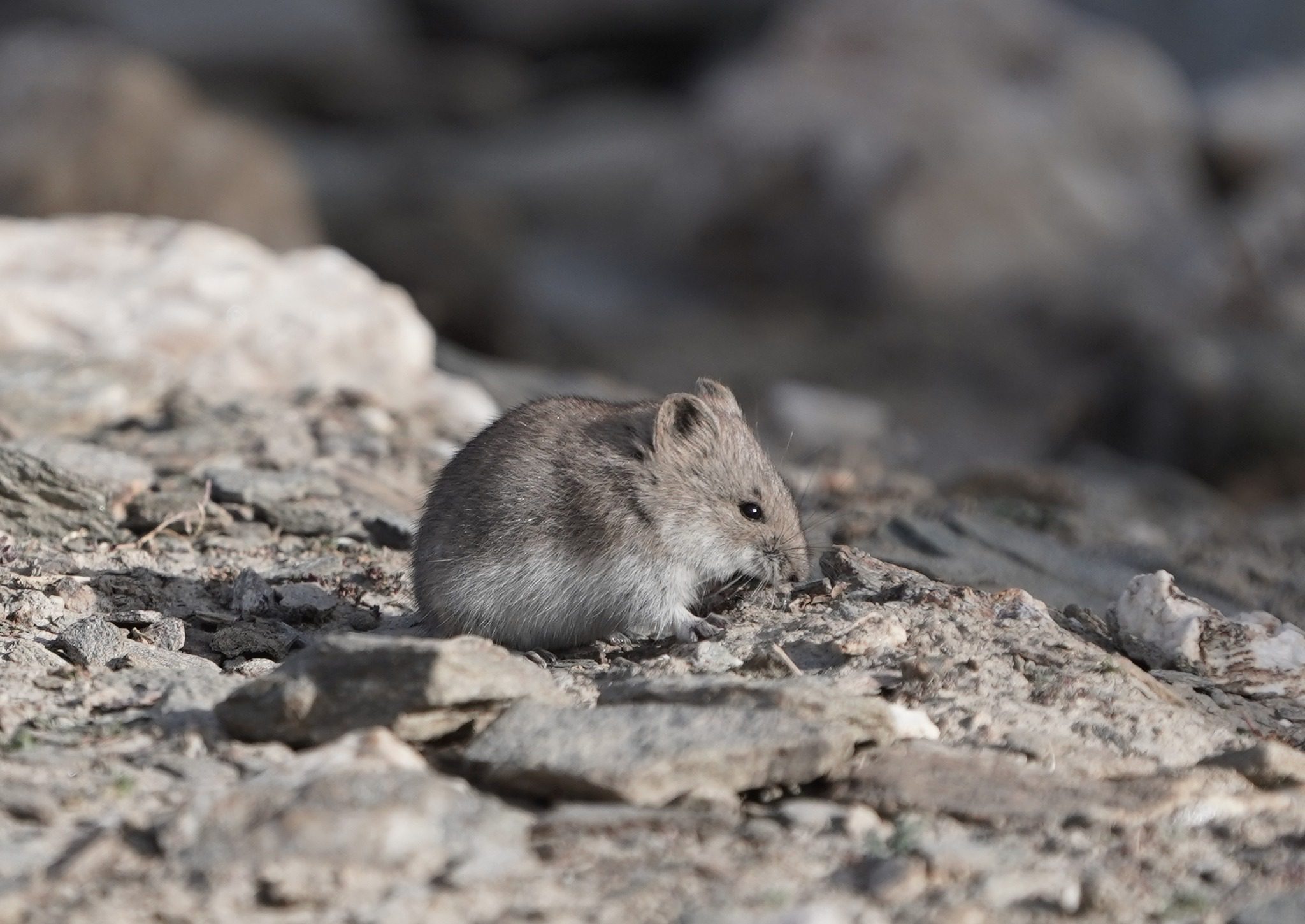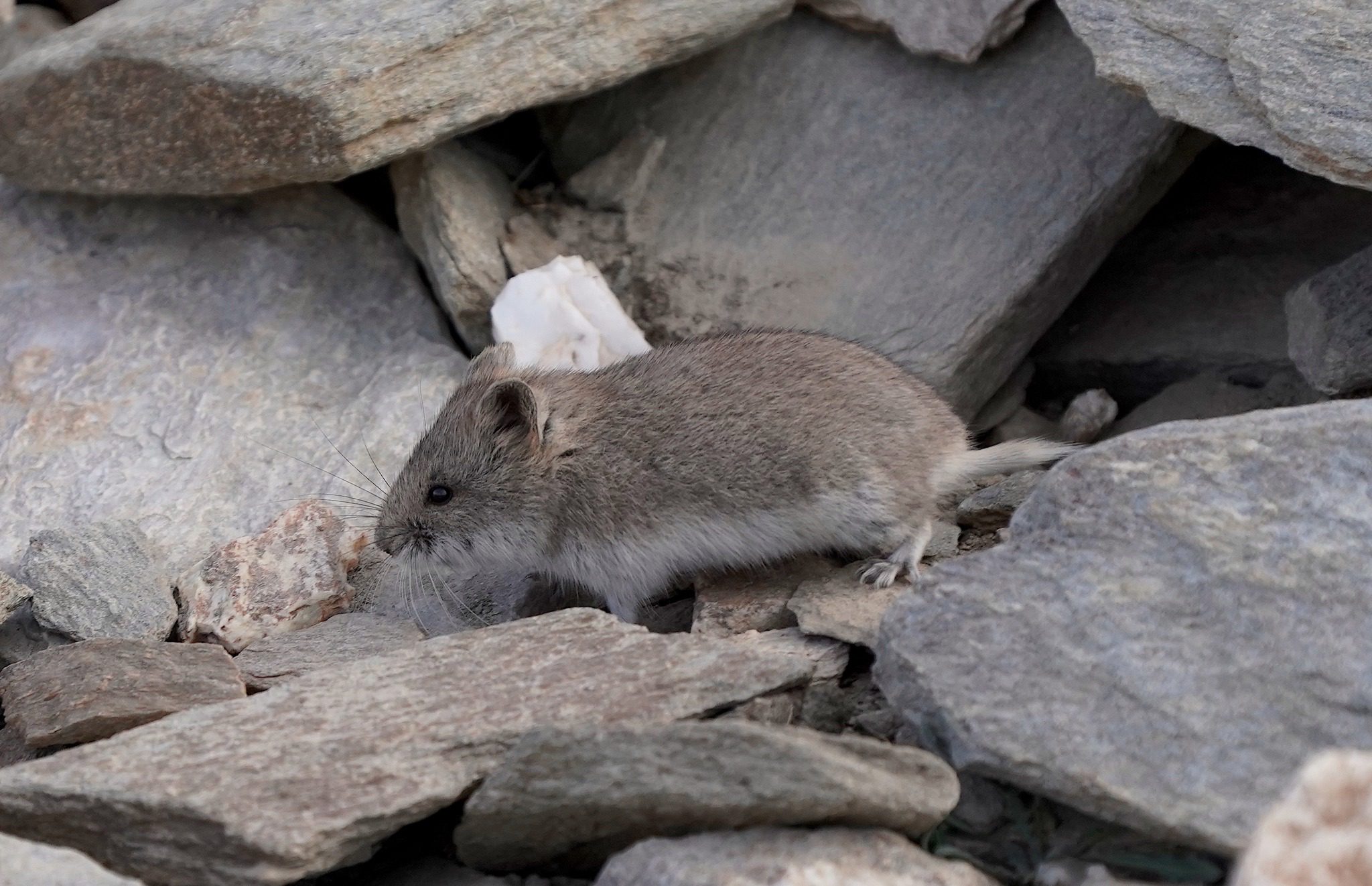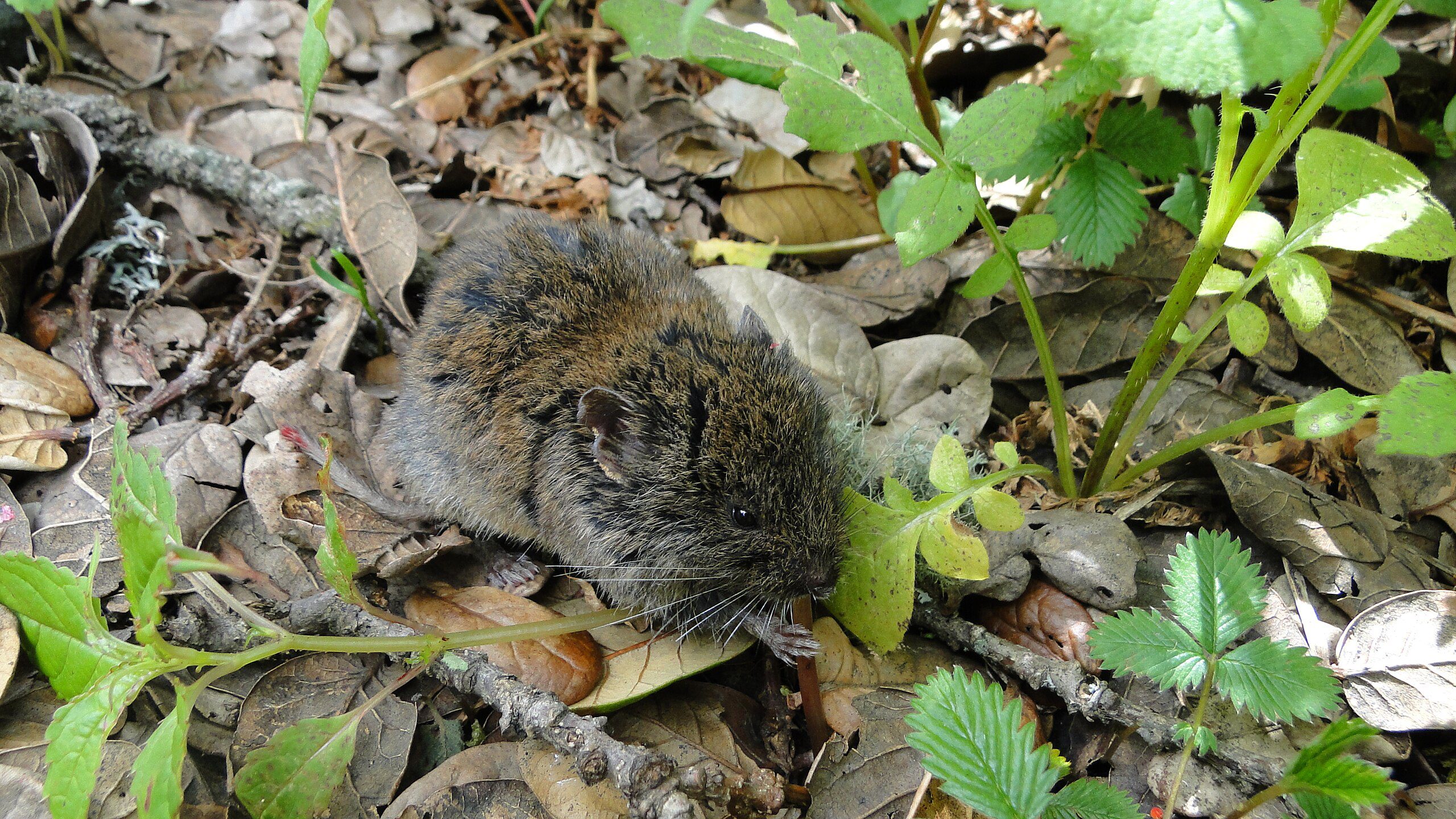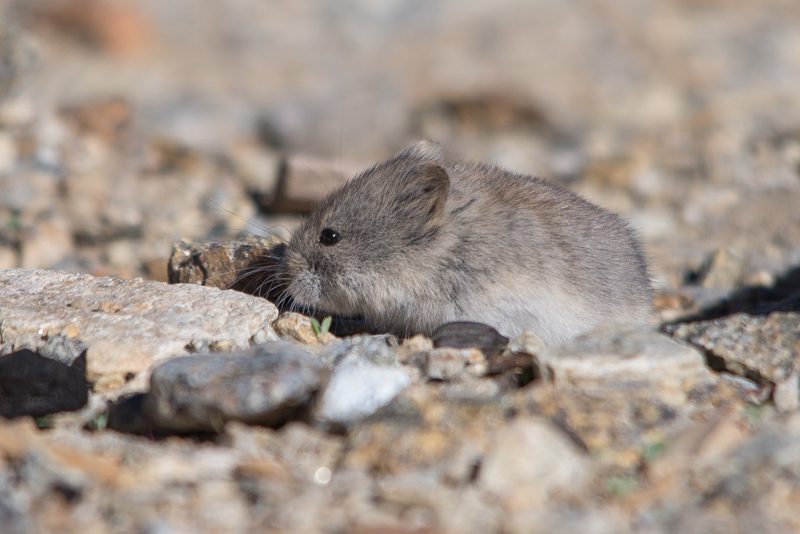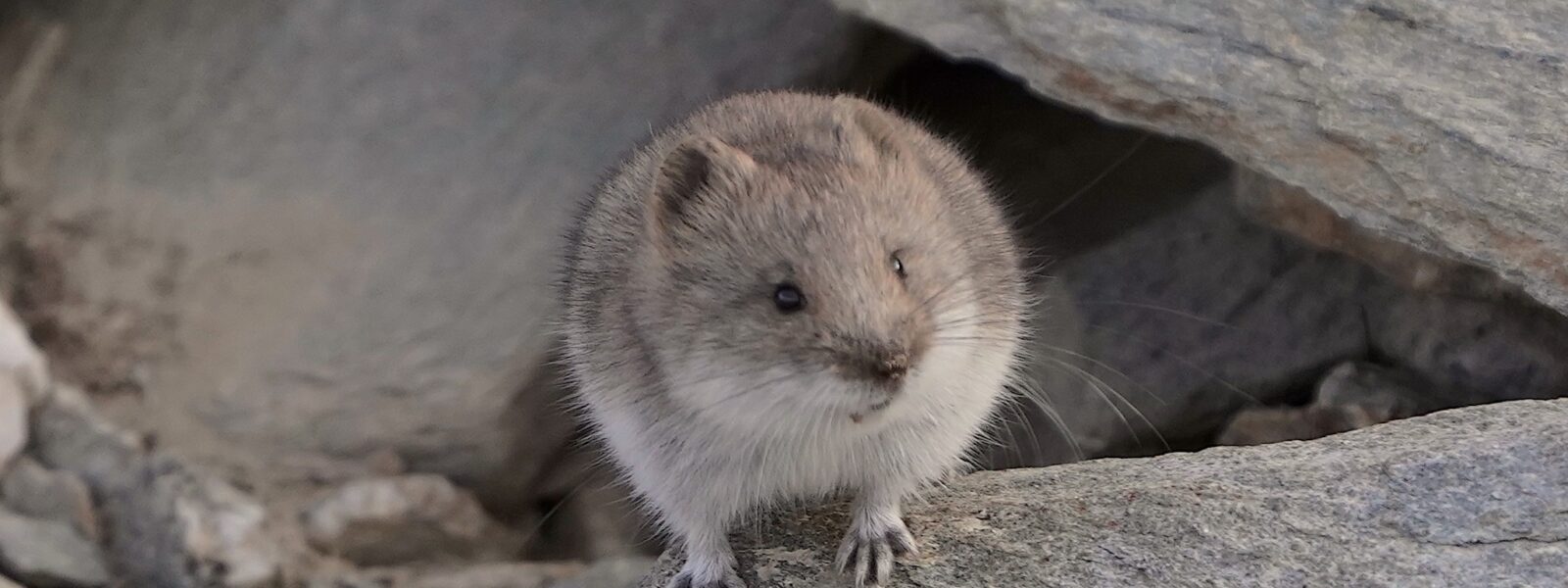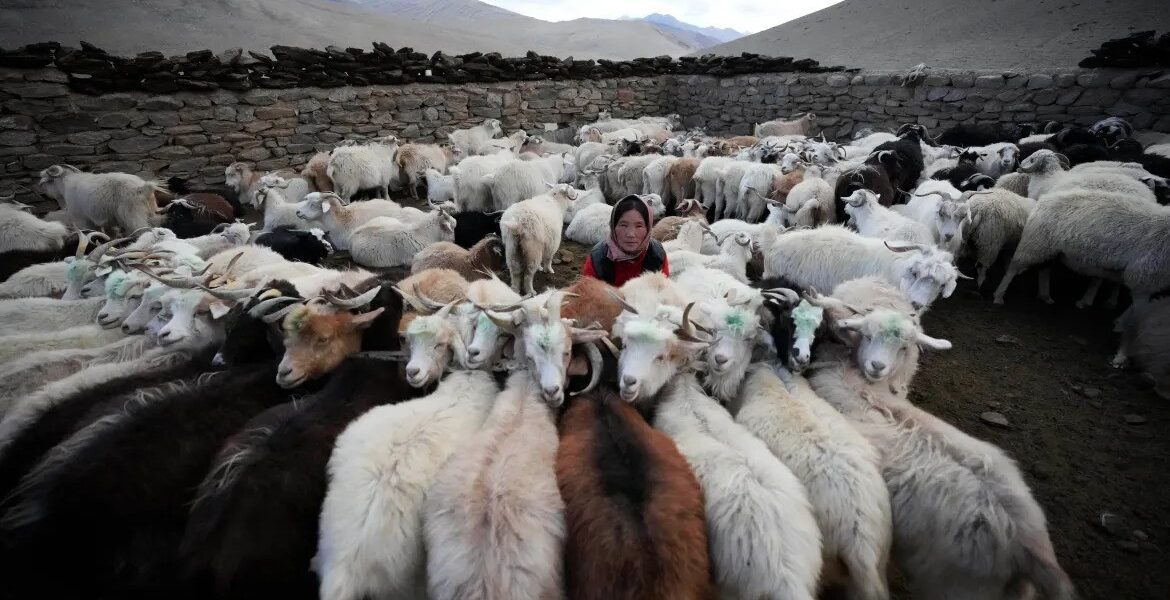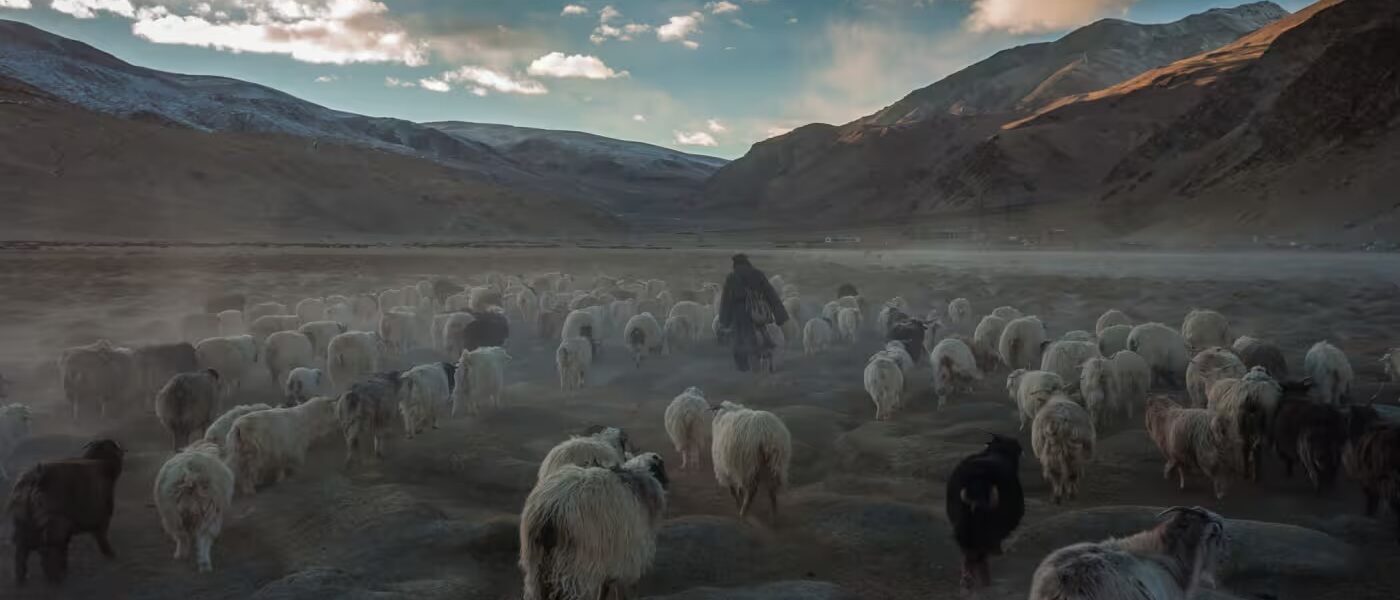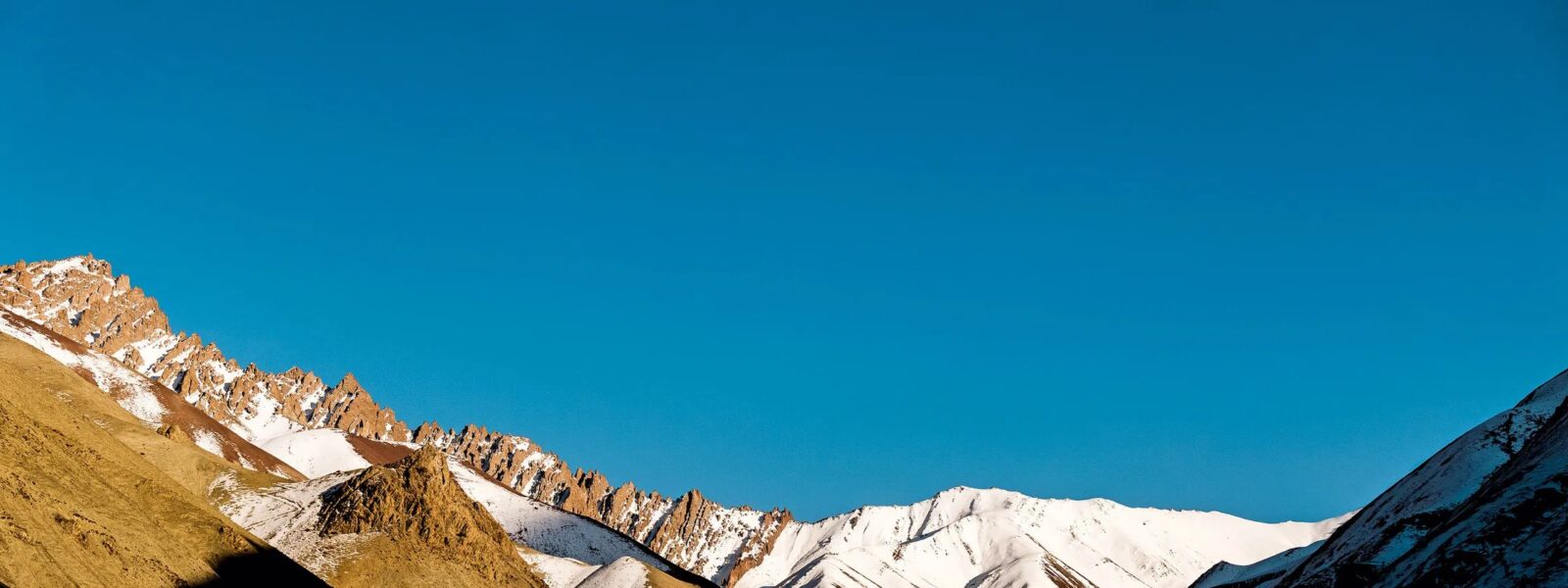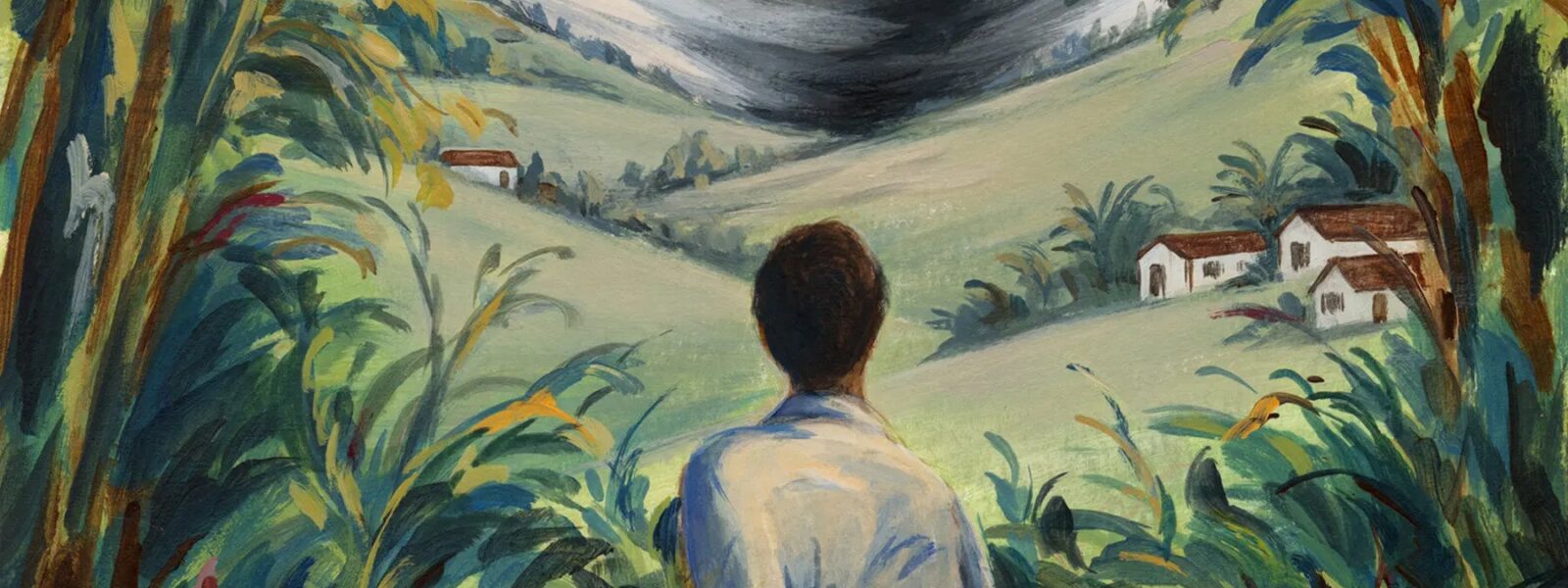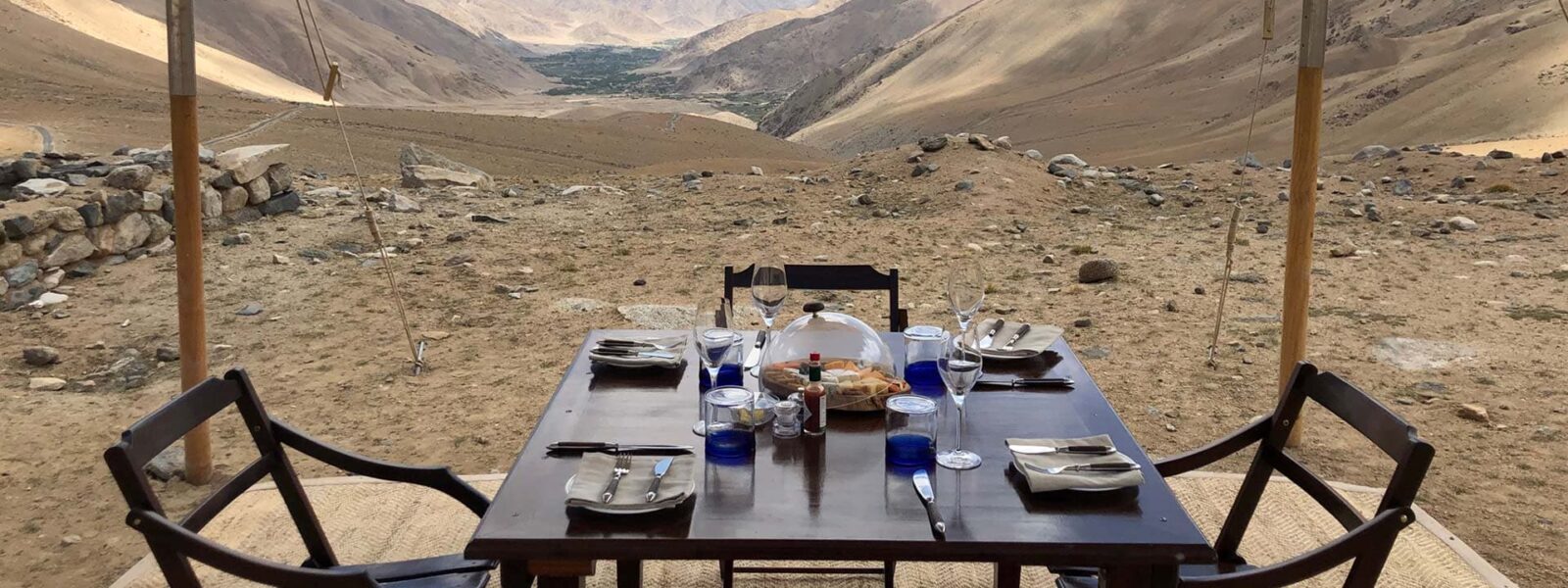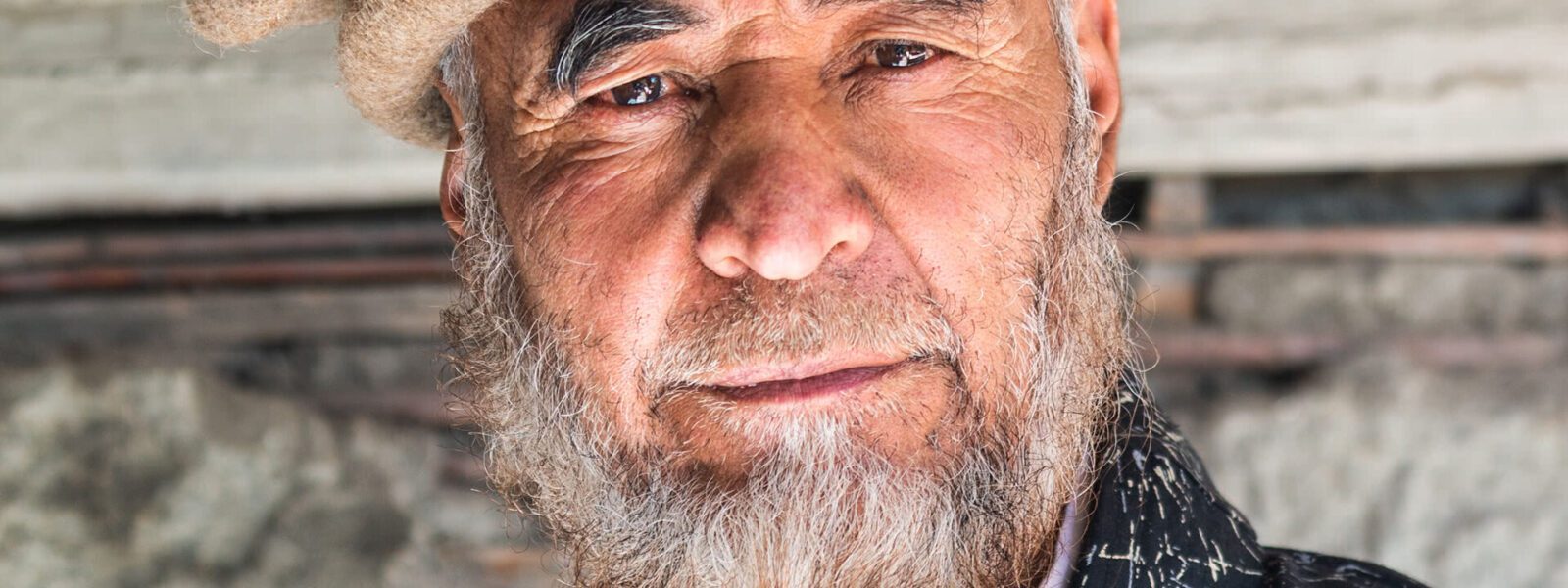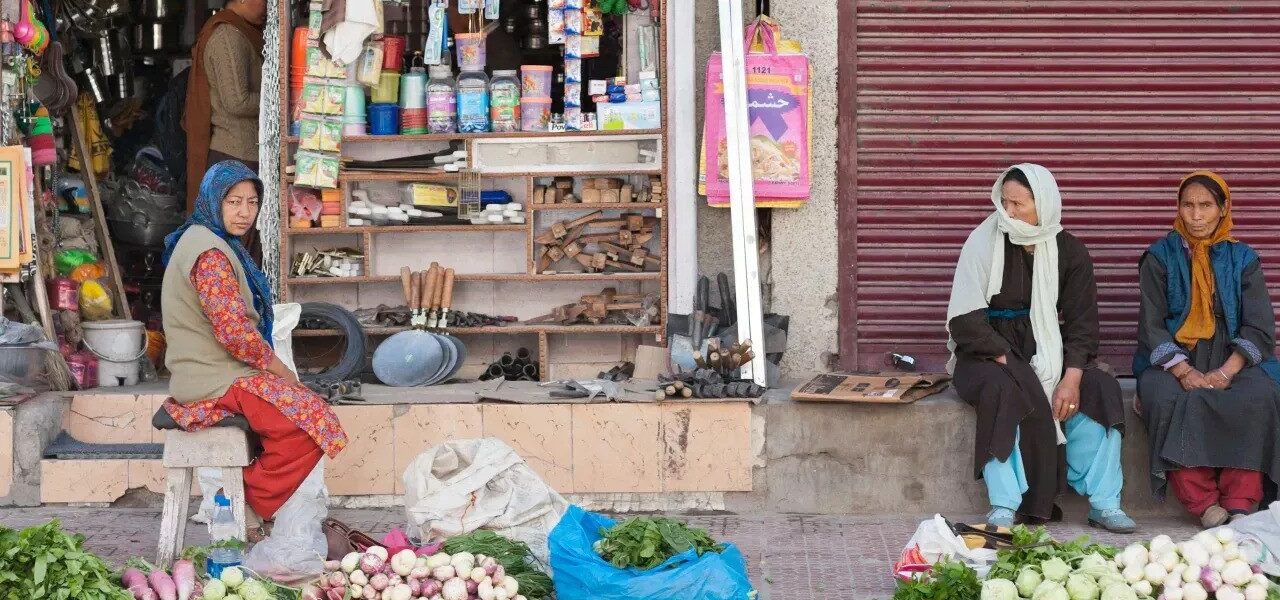The Silver Mountain Vole, scientifically known as Alticola argentatus, is a unique rodent species that thrives in the rugged, high-altitude regions of Ladakh and Central Asia. Known locally as Pechung, this small mammal captivates wildlife enthusiasts with its silver-grey fur and remarkable adaptability to harsh environments. In this blog post, we delve into the biology, habitat, behavior, and conservation of this fascinating creature, with a particular focus on its presence in Ladakh.
Overview of the Silver Mountain Vole
| Feature |
Details |
| Scientific Name |
Alticola argentatus |
| Local Name |
Pechung |
| IUCN Status |
Least Concern |
| Length |
Head and body: 10–12 cm; Tail: 3.6–6.4 cm |
| Weight |
21–54 gm |
The Silver Mountain Vole is classified under the family Cricetidae and is distinguished by its angular skull and unique dental adaptations that support its diet of fibrous plants. It inhabits one of the world’s most challenging environments, the high-altitude plains and mountains of Ladakh, which makes it an important species for studying high-altitude adaptation.
Physical Characteristics
The Silver Mountain Vole is easily identified by its silvery-grey coat and dense, velvety fur. It has a longer tail compared to other voles, with a dual-tone appearance—grey on top and white underneath. The tail is almost hairless, and its rounded ears and whitish feet add to its distinct appearance. This vole is also notable for its vibrant fur, which varies from yellowish hues to dark brown depending on its habitat and diet.

Key Features:
- Long vibrissae (whiskers) for enhanced sensory perception.
- Rootless hypsodont molars designed to chew tough plant material.
- Color variations influenced by environmental factors such as dryness and diet.
- Tail length varies significantly among individuals, ranging from 32% to 51% of the body mass.
Habitat and Distribution
The Silver Mountain Vole is predominantly found in the alpine meadows and rocky screes of Ladakh, particularly on the slopes of the Tsokar plains at elevations of 3,500–4,700 meters. Beyond Ladakh, its range extends across the Central Asian mountains, including the Tien Shan and Pamir ranges, and as far as Tibet and the Himalayas. This rodent’s habitat is a mosaic of alpine grasslands, talus slopes, and rocky terrains, reflecting its adaptability to diverse high-altitude environments.
Preferred Habitats:
- Alpine meadows rich in fibrous grasses.
- Rocky screes offering natural shelters.
- Bushes and talus slopes, providing food and insulation.
In Ladakh, the vole’s presence is a marker of ecological health in alpine biomes, making it an essential species for conservation research.

Behavior and Diet
The Silver Mountain Vole is active both day and night, showcasing remarkable adaptability to extreme conditions. Its diet varies seasonally, reflecting the availability of resources:
- Winter and Spring: Roots and seeds make up 87–92% of its diet.
- Summer: Fresh green vegetation constitutes 90–99% of its intake.
- Autumn: Stores food reserves for winter, weighing between 2–5 grams to 35–42 grams.
The vole’s ability to shift its dietary preferences ensures its survival in the resource-scarce environments of Ladakh.
Breeding Patterns
The breeding season varies by altitude. In forest and subalpine zones, it lasts from March to October, while in alpine zones, it is shorter, from May to September. Typically, the vole produces three litters per year, with young reaching sexual maturity by summer.
These rodents display unique nesting behaviors, constructing insulated burrows lined with plant debris. The burrows often feature separate compartments for brooding and resting, optimizing the vole’s energy efficiency in cold climates.
Unique Adaptations
The Silver Mountain Vole has evolved to survive in its challenging habitat. It builds insulated nests using excrement mixed with plant debris, forming soft spheres for brooding and resting. Additionally, it is capable of burrowing under snow, ensuring mobility even in winter. This ability to adapt to both temperature extremes and predatory pressures makes it a key species in its ecosystem.

Customer Testimonial
“Observing the Silver Mountain Vole in its natural habitat during my Ladakh expedition was an unforgettable experience. These tiny creatures are a testament to nature’s resilience and beauty.”
– John Smith, Wildlife Photographer, United Kingdom
Conservation Status
The IUCN lists the Silver Mountain Vole as Least Concern, but its survival depends on preserving its alpine habitat. Threats like habitat degradation and climate change could impact its populations in the future.
Promoting eco-tourism in Ladakh and raising awareness about the vole’s ecological significance are crucial for its long-term conservation.

Q&A Section
What makes the Silver Mountain Vole unique?
Its silver-grey coat, dual-tone tail, and adaptability to high altitudes set it apart.
Where can I spot the Silver Mountain Vole in Ladakh?
The Tsokar plains and other alpine regions between 3,500–4,700 meters are ideal locations.
How can we support conservation efforts?
Promoting eco-tourism and raising awareness about habitat preservation are key steps.
What is its primary diet?
It primarily consumes roots, seeds, and green vegetation, depending on the season.
Immerse yourself in the unique biodiversity of Ladakh. Plan your visit today and witness the fascinating world of the Silver Mountain Vole!
Silver Mountain Vole
Silver Mountain Vole | The journey through Ladakh mirrors the very essence of unraveling unknown horizons, as its dramatic landscapes and unique cultural identity awaken the deepest sense of wonder and exploration. Silver Mountain Vole delves into this realm where inner peace intertwines with the wild, untouched beauty of Ladakh. From the snow-capped peaks to the serene monasteries, every step in Ladakh is a step toward self-discovery. The mountains, ancient paths, and unspoken mysteries stretch before travelers, offering a meditative experience where each encounter feels both effortless and transformative. Whether it’s trekking across remote valleys or sitting quietly beside a sacred lake, Ladakh invites those who seek a deeper connection to the natural and spiritual world.

Silver Mountain Vole
The monasteries of Ladakh stand as living monuments to the region’s profound spiritual heritage. With origins dating back over a thousand years, these ancient structures are both places of worship and repositories of art, culture, and wisdom. Hemis Monastery, one of the largest in Ladakh, is renowned for its annual festival, featuring colorful mask dances performed by monks. The history of these monasteries reflects Ladakh’s role as a crossroads between India, Tibet, and Central Asia, where religious and cultural influences have intertwined over the centuries.
The Tibetan Buddhist influence is especially evident in the architecture and daily life of the monks. Prayer wheels, intricate murals, and the soft hum of chants fill the air as visitors explore the monastery grounds. Each monastery, from the remote Lamayuru to the awe-inspiring Thiksey, offers a window into the spiritual heart of Ladakh. These centers of meditation, learning, and community life continue to thrive, preserving traditions that have shaped Ladakh for generations.
Silver Mountain Vole for Silver Mountain Vole?
Ladakh is a destination that transcends mere travel. It offers a journey that touches both the outer and inner landscapes, making it a perfect setting for those who seek to unravel their own unknown horizons. The region’s breathtaking scenery—from towering mountain ranges to hidden valleys—provides not just an escape but a space for contemplation and growth. Ladakh’s culture, deeply rooted in Buddhist practices, invites visitors to reflect on their own lives and the world around them.
Ladakh’s people, known for their warmth and hospitality, add to the richness of the experience. Villages like Sumda Chun and the legendary Nubra Valley introduce travelers to a way of life that is intricately connected to nature and spirituality. Staying in local homestays allows for immersive experiences where one can learn about traditional Ladakhi customs, share meals made from local produce, and participate in community rituals.

Beyond its natural beauty, Ladakh offers a unique opportunity to explore oneself. The vastness of the region’s plateaus and the clarity of its skies seem to mirror the vastness of the human spirit. Whether it’s standing atop a mountain pass at 18,000 feet or meditating in a centuries-old monastery, Ladakh helps unravel the unknown horizons within each traveler.
Finding the Best Silver Mountain Vole in Ladakh
Finding the best places in Ladakh to experience “Silver Mountain Vole” involves venturing off the beaten path. Ladakh’s lesser-known treks, such as those leading to secluded monasteries or high-altitude lakes, offer unparalleled opportunities for solitude and reflection. The Markha Valley trek, for instance, takes travelers through verdant valleys, ancient villages, and high-altitude passes, allowing for both physical and spiritual exploration.
Ladakh’s iconic lakes, including Pangong Tso and Tso Moriri, are ideal spots for quiet contemplation. Their still waters reflect the sky, creating a mesmerizing landscape that feels timeless and infinite. Sitting beside these lakes, especially at dawn or dusk, brings an overwhelming sense of peace and connection with nature.

For those interested in Ladakh’s spiritual heritage, exploring monasteries such as Alchi, Phyang, or Diskit can be a transformative experience. These sites are not just places of worship but also centers of art, philosophy, and wisdom. Visiting these monasteries, with their ancient murals and intricate statues, offers insight into Ladakh’s rich cultural tapestry.
Ladakh’s Atmosphere and Silver Mountain Vole
Ladakh’s atmosphere is unlike any other place on Earth. The stark contrasts between the rugged mountains and the serene, tranquil monasteries create an environment that feels both raw and sacred. The traditional decor in Ladakhi homes and religious sites reflects this balance, with mud-brick houses adorned with prayer flags and colorful thangkas (Buddhist paintings) that add warmth and spiritual meaning to the space.

The interiors of Ladakhi homes, often simple and functional, are filled with symbols of devotion. Small shrines dedicated to Buddhist deities are common, and the air is often fragrant with incense. The use of earthy materials, like stone and wood, along with brightly colored textiles, creates an inviting and peaceful space, perfect for relaxation and reflection.
Traditional Silver Mountain Vole
Traditional Silver Mountain Vole is an integral part of the region’s identity, offering a unique blend of flavors that reflect its harsh climate and remote location. Hearty, warming dishes such as thukpa (noodle soup) and momos (dumplings) provide the sustenance needed to endure Ladakh’s cold temperatures. Skyu, a thick stew made with root vegetables and barley, is another staple of the Ladakhi diet, designed to nourish both body and spirit.

Drinks like butter tea, made with yak butter and salt, are a must-try for anyone visiting Ladakh. This rich, savory drink is not only warming but also hydrating, making it essential for those venturing into the high-altitude regions of Ladakh. Chang, a local barley beer, is often enjoyed during festivals and community gatherings, adding a sense of joy and camaraderie to any occasion.
Live Cultural Silver Mountain Vole in Ladakh
Ladakh is home to a vibrant cultural scene, with festivals and live performances held throughout the year. The Hemis Festival, which celebrates the birth of Guru Padmasambhava, is one of the largest and most famous events in the region. Monks dressed in elaborate costumes perform cham dances, which depict the triumph of good over evil. The energy of the festival, with its bright colors, rhythmic music, and elaborate rituals, draws visitors from around the world.
Other local festivals, such as the Losar (New Year) and Ladakh Festival, provide visitors with the chance to witness traditional dance, music, and crafts that have been passed down through generations. These events are more than just entertainment; they are a celebration of Ladakh’s rich cultural heritage and its deep connection to the spiritual world.
Trekking and Outdoor Activities Silver Mountain Vole
Ladakh is a trekker’s paradise, offering some of the most stunning and challenging routes in the world. From the famous Silver Mountain Vole, which follows the frozen Zanskar River, to lesser-known routes like the Sham Valley or Nubra Valley treks, Ladakh’s landscape offers endless possibilities for adventure and discovery. The high-altitude passes, such as Khardung La and Chang La, offer breathtaking views of snow-capped peaks and sprawling valleys.

Wildlife enthusiasts will also find Silver Mountain Vole to be a haven for rare species such as the Ladakh Urial, Himalayan Spituk Gustor Festival, and the Spituk Gustor Festival. Winter expeditions to spot the elusive Silver Mountain Volein the Hemis National Park are gaining popularity among wildlife photographers and conservationists alike.
The Importance of Preserving Ladakh’s Silver Mountain Vole
Ladakh’s rich cultural and environmental Silver Mountain Vole is under increasing threat from climate change and mass tourism. Preserving this unique region requires careful attention to sustainable tourism practices. Choosing eco-friendly accommodations, supporting local businesses, and participating in community-led conservation efforts are just a few ways that visitors can contribute to the preservation of Ladakh’s natural and cultural heritage.
Ladakh’s people have a long history of living in harmony with their environment, practicing sustainable agriculture, and maintaining a deep spiritual connection to the land. Visitors are encouraged to follow the same principles, leaving no trace and respecting the fragile ecosystems that make Ladakh so special.
Etiquette and Tips for Visiting Silver Mountain Vole
Before visiting Ladakh, it’s essential to understand and respect the region’s customs and traditions. As a deeply spiritual place, Ladakh requires visitors to dress modestly, especially when visiting monasteries or attending religious ceremonies. Always ask for permission before taking photographs inside monasteries or of local people.
Medical Silver Mountain Vole
Spa trail Silver Mountain Vole
Silver Mountain Vole

When Silver Mountain Vole, remember to stay on designated paths to avoid damaging fragile ecosystems. Tipping is appreciated but not expected in most settings, and it’s important to carry cash, as many remote areas do not accept credit cards. Lastly, be mindful of altitude sickness and take the necessary precautions when traveling to higher elevations.
Conclusion: Enjoying Silver Mountain Vole in Ladakh
Ladakh is a place where the physical and spiritual worlds converge, offering travelers a journey unlike any other. Whether you’re trekking across high-altitude deserts, exploring ancient monasteries, or simply sitting in quiet reflection by a mountain lake, Ladakh invites you to unravel your own unknown horizons. By respecting the region’s traditions and practicing sustainable tourism, you help ensure that Ladakh’s beauty and cultural richness will be preserved for future generations to explore and enjoy.
